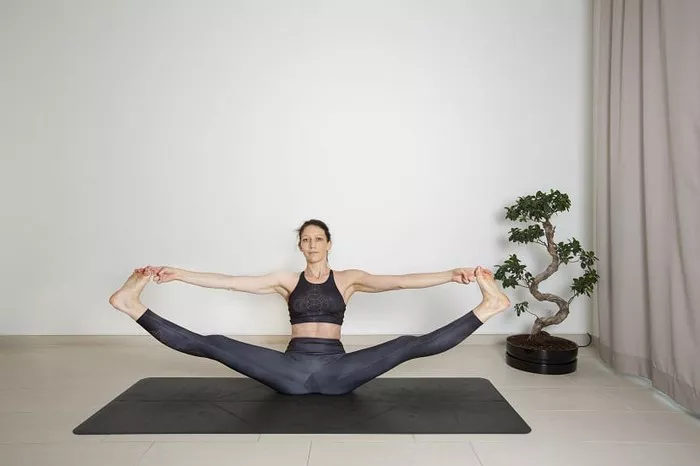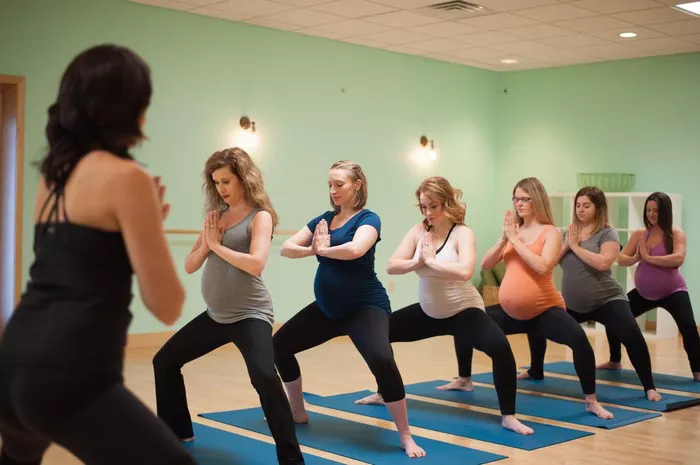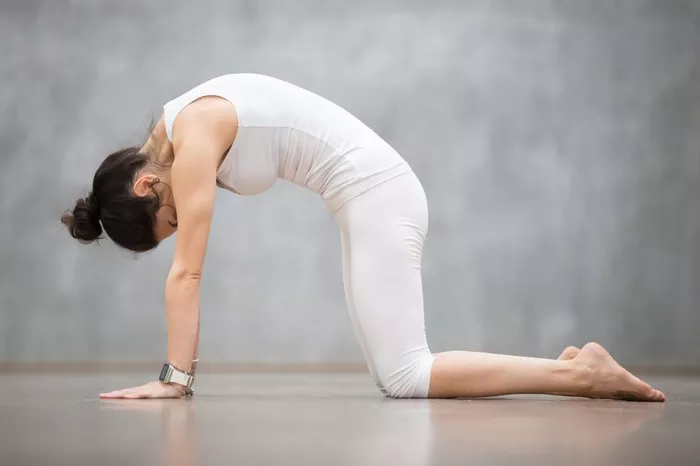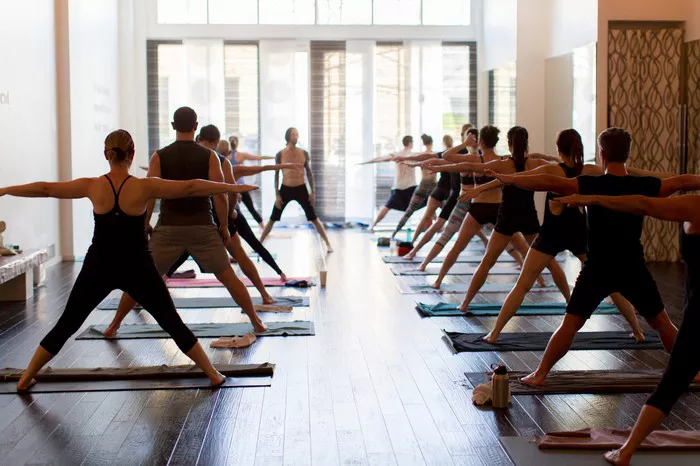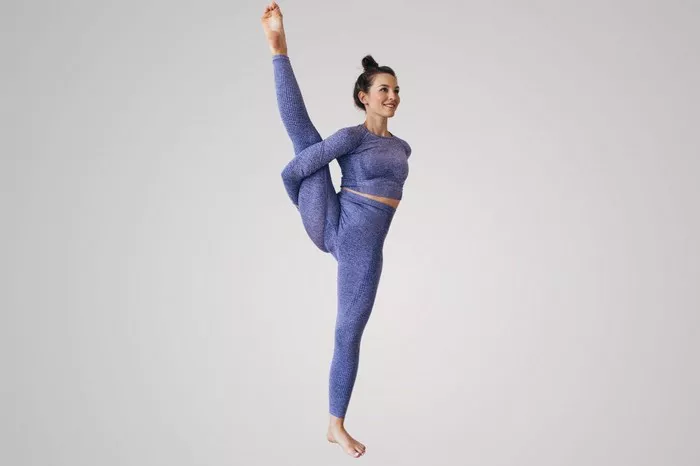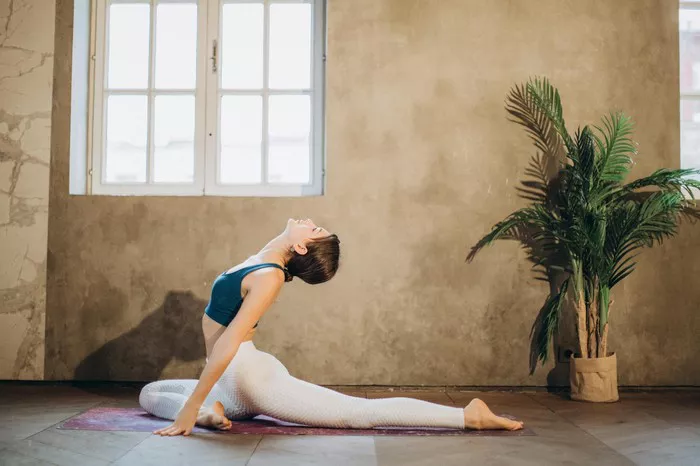Yoga, an ancient practice originating from India, has woven itself into the fabric of modern wellness, offering a multitude of poses that benefit both the body and mind. Among these, Bear Pose stands out as a powerful posture, embodying strength, stability, and resilience. In this article, we delve into the depths of Bear Pose, exploring its origins, physical and mental benefits, variations and modifications, step-by-step instructions, as well as precautions and contraindications.
Origins and Symbolism
Bear Pose, or Balasana in Sanskrit, draws inspiration from the noble bear, revered in various cultures for its strength, wisdom, and grounding presence. In yoga philosophy, animals often serve as symbols, embodying qualities practitioners seek to cultivate on the mat and in life. The bear, with its sturdy frame and deliberate movements, epitomizes stability and introspection.
In ancient yogic texts, such as the Hatha Yoga Pradipika and the Yoga Sutras of Patanjali, postures resembling Bear Pose were described as grounding and calming, aligning with the concept of sthira (steadiness) and sukha (ease) in yoga practice. Asanas like Balasana were believed to help practitioners connect with the earth element, fostering a sense of rootedness and presence.
Physical and Mental Benefits
The practice of Bear Pose offers a plethora of benefits for both the body and mind, making it a valuable addition to any yoga routine.
Physical Benefits:
1. Stretches the Spine: Bear Pose gently elongates the spine, relieving tension in the back and promoting flexibility.
2. Strengthens the Shoulders and Arms: Holding the pose requires engagement of the shoulders and arms, helping to build upper body strength.
3. Opens the Hips: As the hips sink towards the heels, Bear Pose creates space in the hip joints, improving mobility and alleviating tightness.
4. Calms the Nervous System: The gentle pressure of the forehead on the mat stimulates the parasympathetic nervous system, inducing a sense of relaxation and tranquility.
5. Improves Digestion: The compression of the abdomen in Bear Pose can aid in digestion and relieve discomfort.
Mental Benefits:
1. Promotes Mindfulness: The grounded nature of Bear Pose encourages practitioners to turn their attention inward, fostering mindfulness and self-awareness.
2. Eases Stress and Anxiety: Holding the pose and focusing on the breath can help alleviate stress and anxiety, promoting mental clarity and emotional balance.
3. Cultivates Patience and Persistence: Bear Pose challenges practitioners to remain steady and patient, cultivating qualities of perseverance and resilience both on and off the mat.
Variations and Modifications
Like many yoga poses, Bear Pose can be modified to suit individual needs and abilities, ensuring accessibility for practitioners of all levels.
1. Supported Bear Pose: Placing a bolster or folded blanket under the hips can provide additional support and comfort, especially for those with tight hips or lower back issues.
2. Extended Arms Variation: For a deeper shoulder stretch, practitioners can extend their arms forward, maintaining a long line from fingertips to tailbone.
3. Open Knee Variation: If sitting on the heels is uncomfortable, practitioners can separate the knees slightly, allowing for a more spacious posture.
4. Dynamic Movement: Incorporating gentle rocking or swaying motions into Bear Pose can enhance its therapeutic effects, promoting relaxation and release.
5. Chair Bear Pose: For individuals with limited mobility or balance concerns, Bear Pose can be practiced seated on a chair, with feet firmly planted on the ground and hands resting on the thighs.
Step-by-Step Instructions
Practicing Bear Pose mindfully and with proper alignment is essential to reap its full benefits. Follow these step-by-step instructions to explore the posture safely and effectively:
1. Begin in Child’s Pose: Start on hands and knees, with the big toes touching and knees spread wide apart. Sit back on the heels, extending the arms forward and resting the forehead on the mat.
2. Transition to Bear Pose: From Child’s Pose, slowly lift the hips, keeping them close to the heels as you slide the hands back towards the feet. Allow the forehead to come to rest on the mat, if comfortable.
3. Engage the Arms and Shoulders: Press firmly into the palms and fingertips, engaging the muscles of the arms and shoulders. Draw the shoulder blades down the back, creating space between the ears and shoulders.
4. Lengthen the Spine: Elongate the spine by reaching the tailbone towards the heels and the crown of the head forward. Maintain a slight lift in the low belly to support the lower back.
5. Breathe and Relax: Close the eyes if comfortable and take slow, deep breaths, allowing the body to soften with each exhale. Stay in the pose for 5-10 breaths, or as long as feels comfortable.
6. Release with Awareness: To exit the pose, gently walk the hands forward, returning to Child’s Pose. Take a few moments to rest and observe any sensations in the body.
Precautions and Contraindications
While Bear Pose offers numerous benefits, it may not be suitable for everyone. Practitioners with the following conditions should approach the posture with caution or avoid it altogether:
1. Knee or Ankle Injuries: Individuals with knee or ankle injuries should use props or modifications to alleviate pressure on these joints and avoid discomfort.
2. Pregnancy: Pregnant individuals may find Bear Pose uncomfortable, especially in later stages of pregnancy. It’s advisable to practice with props and consult with a healthcare provider before attempting the posture.
3. High Blood Pressure: Bear Pose involves mild inversion, which may not be suitable for individuals with uncontrolled high blood pressure. Modify the posture by keeping the head elevated or practicing a seated variation.
4. Recent Abdominal Surgery: Those recovering from abdominal surgery should avoid deep forward bending and compression of the abdomen. Practice gentle alternatives or consult with a healthcare provider for guidance.
5. Wrist or Shoulder Injuries: Individuals with wrist or shoulder injuries should approach Bear Pose with caution, avoiding excessive weight-bearing on the hands and shoulders. Utilize props and modifications to support the body as needed.
Conclusion
In conclusion, Bear Pose offers a powerful blend of physical strength, mental resilience, and emotional grounding. By exploring this posture with awareness and mindfulness, practitioners can unlock its transformative potential, cultivating balance and harmony within body and mind. Remember to honor your body’s limitations, listen to its wisdom, and approach the practice with curiosity and compassion. As you journey through the realms of Bear Pose, may you discover the innate power and grace that resides within.
FAQs:
What is the difference between a bear pose and a plank?
Bear Pose and Plank Pose both engage the core and upper body, but they differ in their execution and emphasis. In Bear Pose, the hips are lowered towards the heels, creating a gentle stretch in the spine and shoulders, while the forehead rests on the mat. Plank Pose, on the other hand, is a straight-arm pose where the body forms a straight line from head to heels, engaging the abdominal muscles and stabilizing the spine. While both poses strengthen the core and shoulders, Bear Pose offers a more relaxed and grounding variation compared to the intense strength-building focus of Plank Pose.
Are bear crawls good for your back?
Bear crawls can be beneficial for the back when performed with proper form and alignment. The crawling motion engages the muscles of the core, shoulders, and back, promoting stability and strength throughout the spine. However, individuals with existing back issues or injuries should approach bear crawls cautiously and may need to modify the exercise or consult with a healthcare professional. Additionally, maintaining a neutral spine and avoiding excessive arching or rounding can help minimize strain on the back and maximize the benefits of the exercise.

